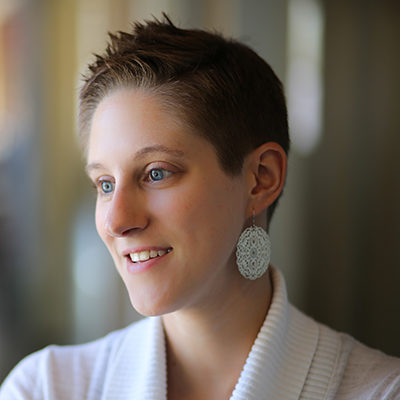
Last week design, architecture, engineering and construction professionals flooded ArchitectureBoston Expo (ABX) and I had the opportunity to attend “Design. Action. Social Innovation.” Framing the session with a quote from an interview with Charles Eames about the boundaries of design, the session explored how design skills, thought processes and strategies transcend any one industry.

Four design professionals and a moderator came together to discuss their individual relationships and journeys toward intersecting design and social innovation. Though each panelist acquired vastly different experiences, each spoke of how their design training enabled them to creatively problem-solve in unexpected ways.

Everything is designed. Everything. And design often works like a universal language. Each speaker stressed their belief in the importance of lending their design sensibility to socially innovative projects. Each panelist seeks to apply design in unexpected ways and the majority of the projects shared are about place-making and uniting communities through product design, art exhibits and community empowerment.
The heart of this discussion was about those with design training who wish to push the boundaries of expectation and use their skills in unexpected ways, but do it in a financially stable environment. This is a similar question artists face about producing work that enhances our world, brings satisfaction to the creator and sustains the life of the creator. How do we do this?
The session raised a number of questions, such as:
Do we create out of concept alone or create with use in mind?
Is architecture a conservative field and do we (the royal we) take enough risks?
How do we know the work we do is having the intended outcome?
Which direction do you see the field of architecture moving in?
How do we evaluate results and by what standards do we measure success?
How can creative problem solvers expand their reach into unconventional settings for social innovation?
What are possible settings and what opportunities/challenges await?
Many questions, few concrete answers, but perhaps it’s too soon to tell what the future holds. What do you think? How are you integrating your design skills into social innovative projects?


